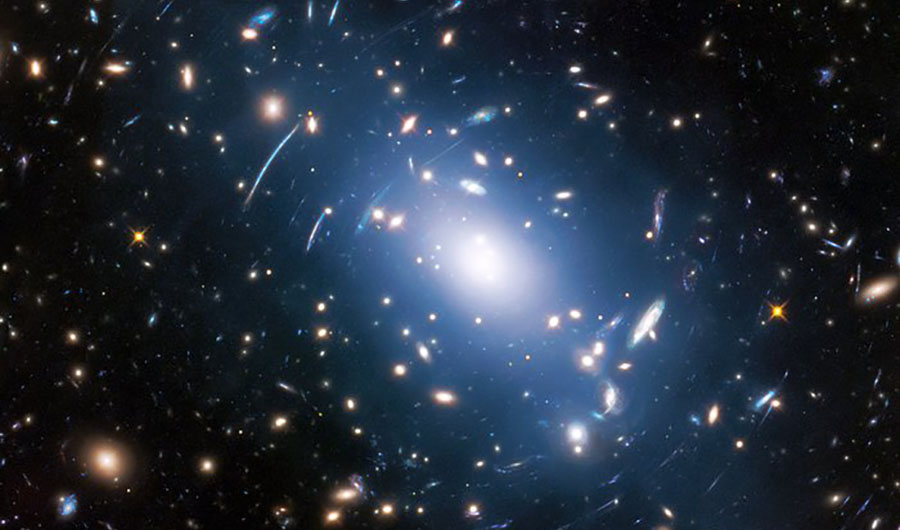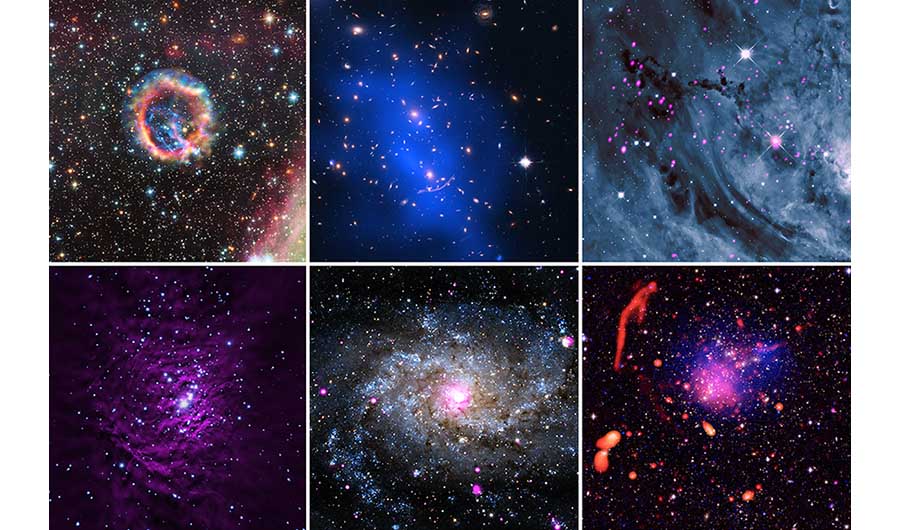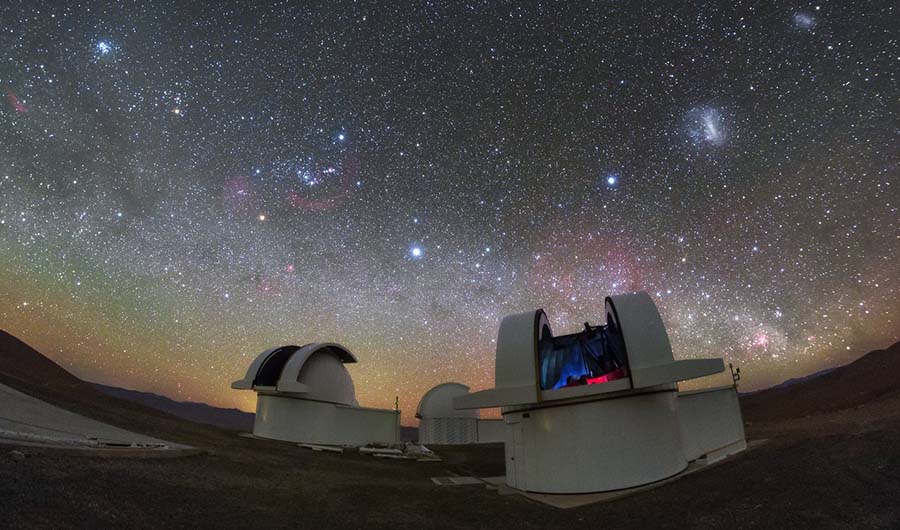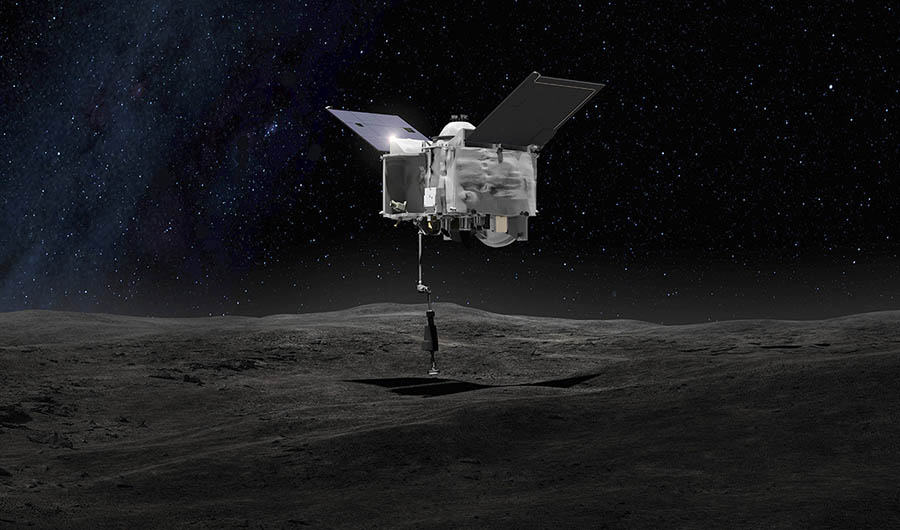December's Sparkling Space Pictures
An assortment of twinkling images of space, stars and spacecrafts.
Image

The Abell S1063 galaxy cluster, located 4 billion light-years away.
Media credits
(Inside Science) -- This December, we have selected a festive variety of astronomical delights. Through the lenses of telescopes and the craft of artist illustrations, we can admire the wondrous qualities of light across the universe.
Filed under






